Among the newer housing estates and shops of Blaydon and Winlaton, a lot of the older buildings and various links to the past history remain.
Also being on a hillside there are some great panoramic views looking north and east in particular. All photos are just below their captions.
Winlaton
St Paul's Church, built 1828.
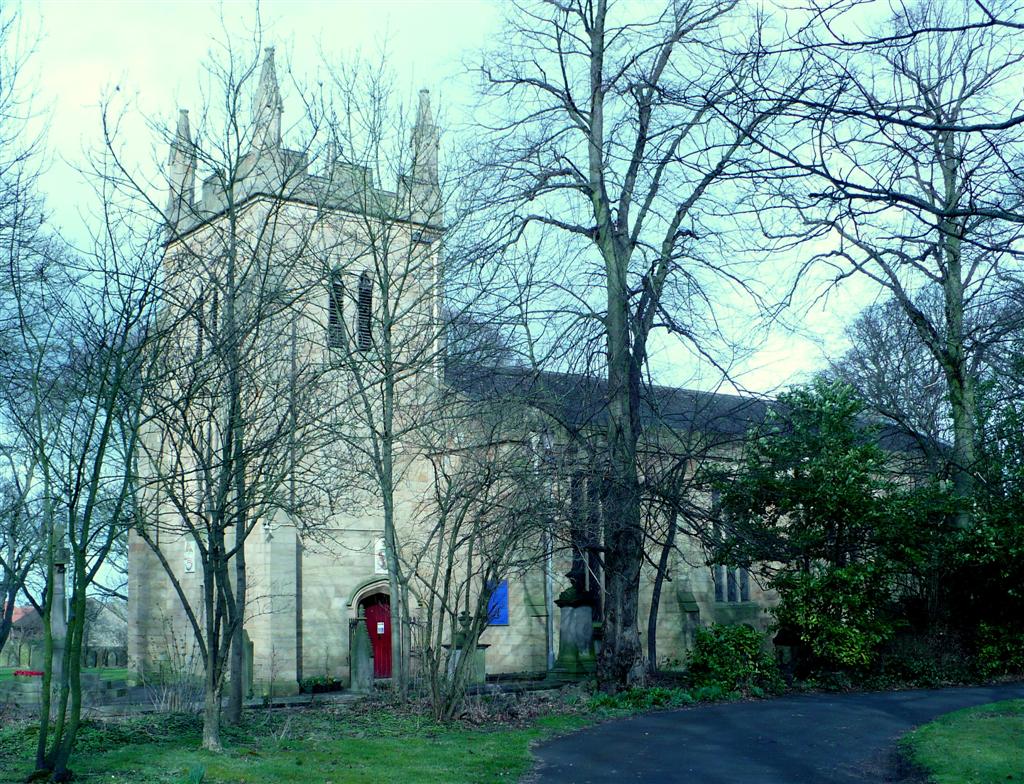
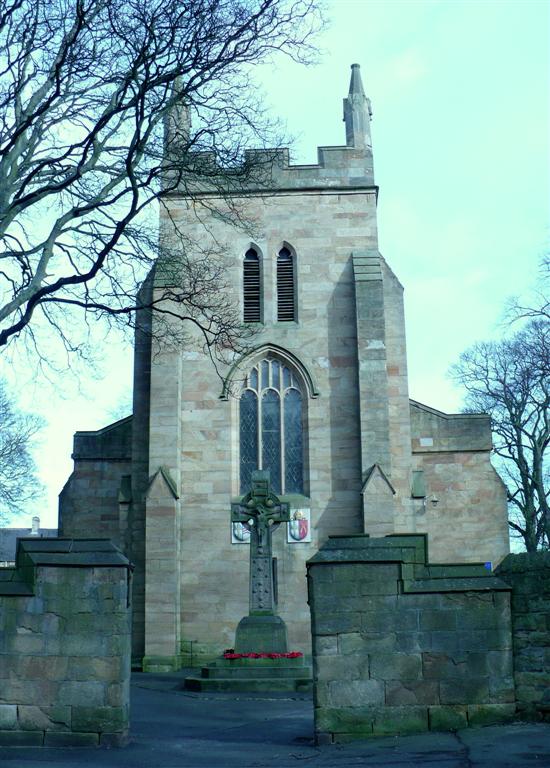
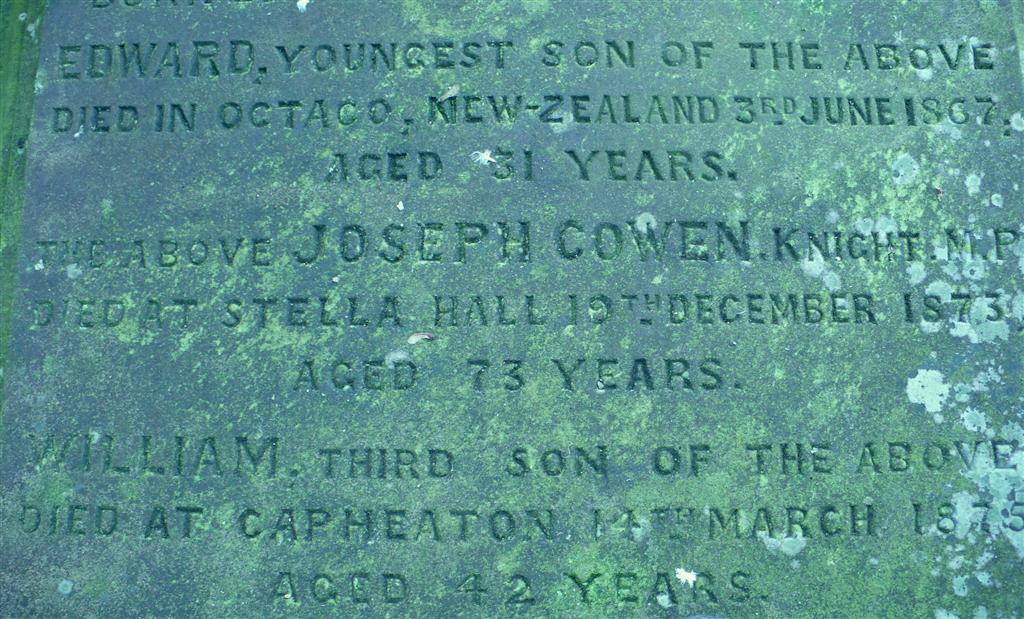
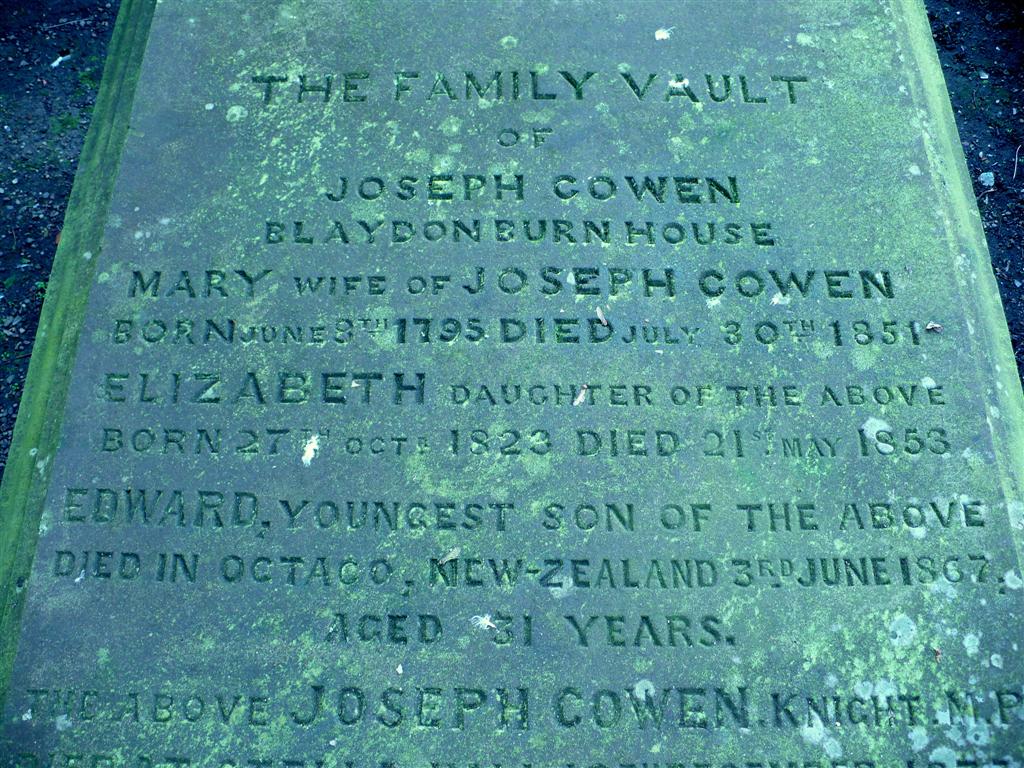
Anthony Belt and family grave at St Paul's Church, Winlaton. Belt was agent/manager for the legendary Crowley's ironmongery 'Factory'. As can be seen the family had more than their fair share of tragedy.

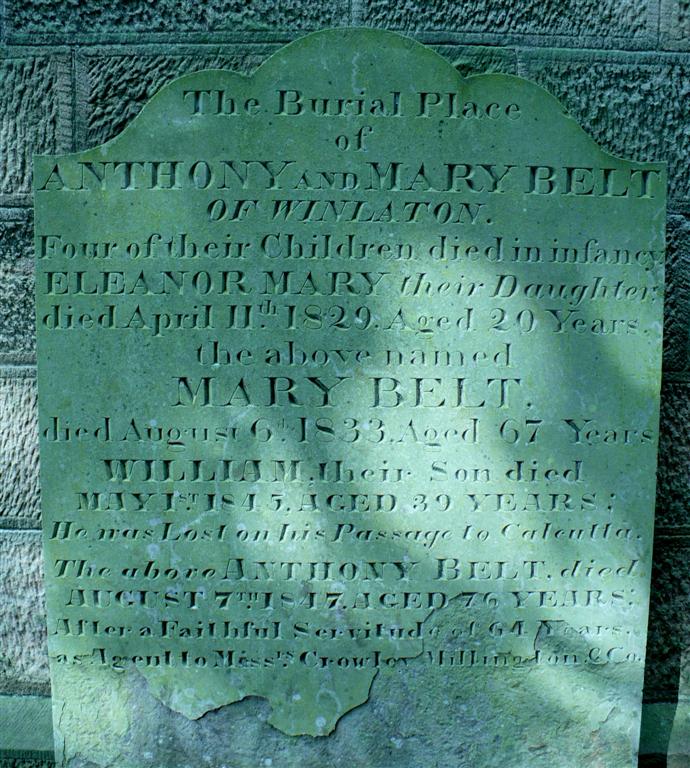
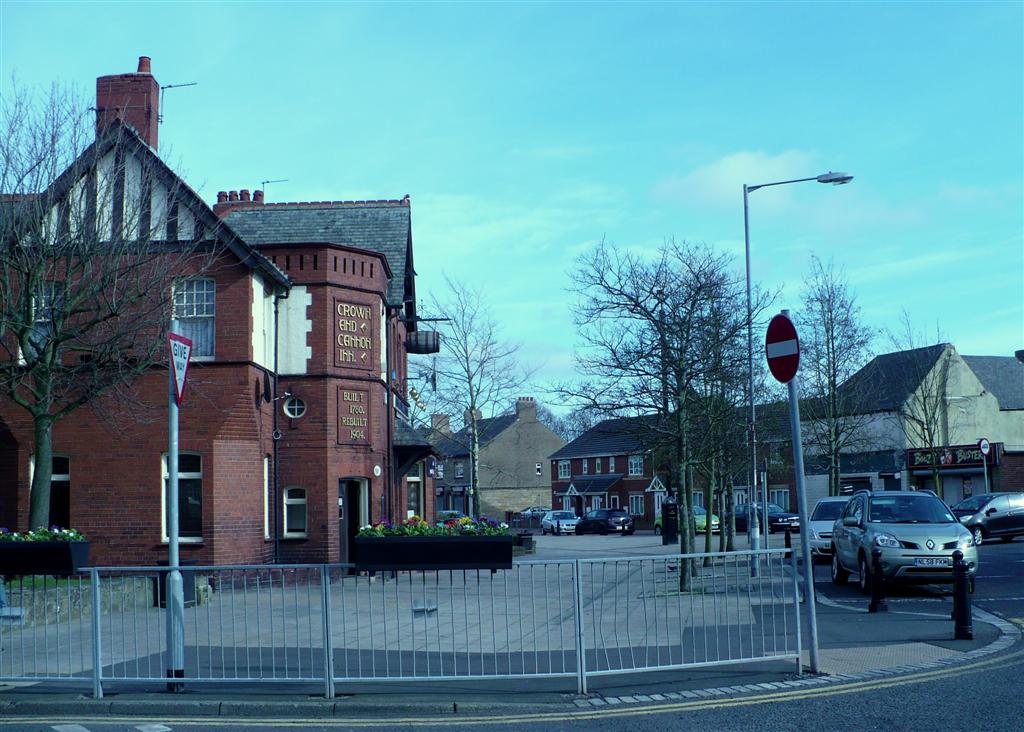
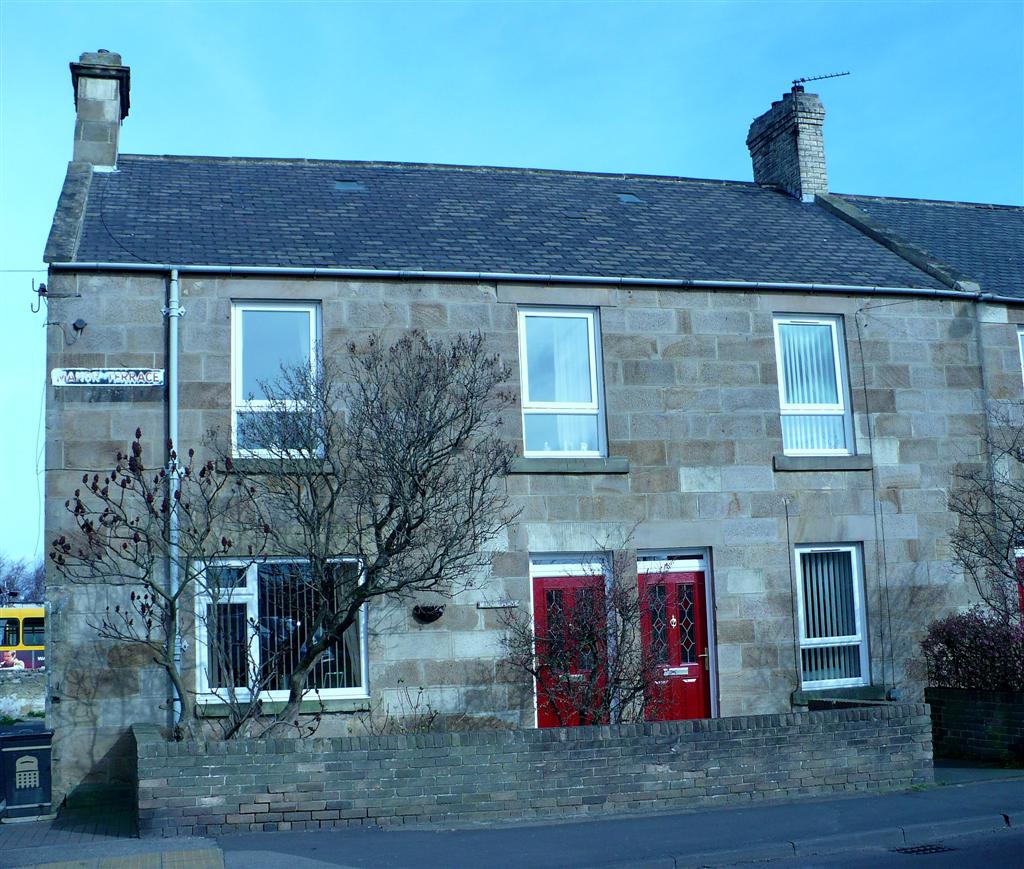
Hood Square was one of the three Crowley Squares along with Hanover and Commercial Squares.
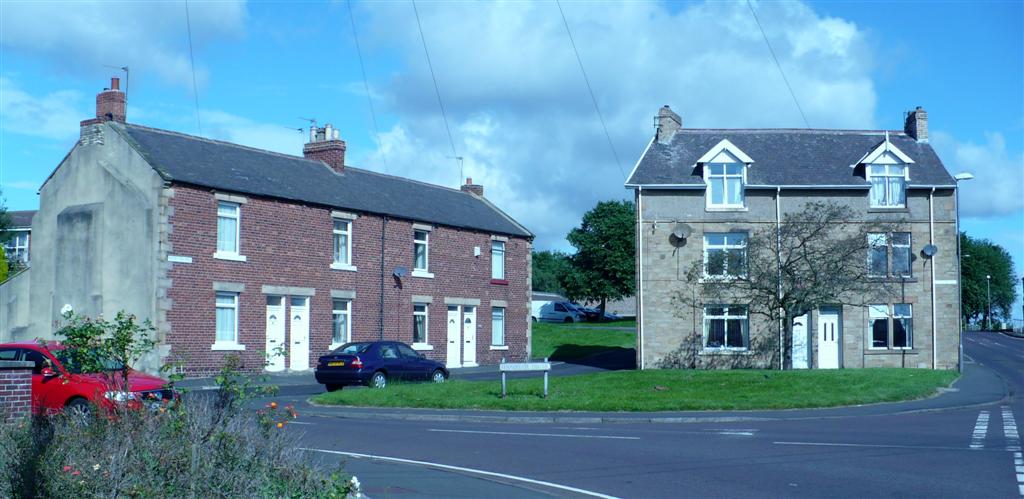
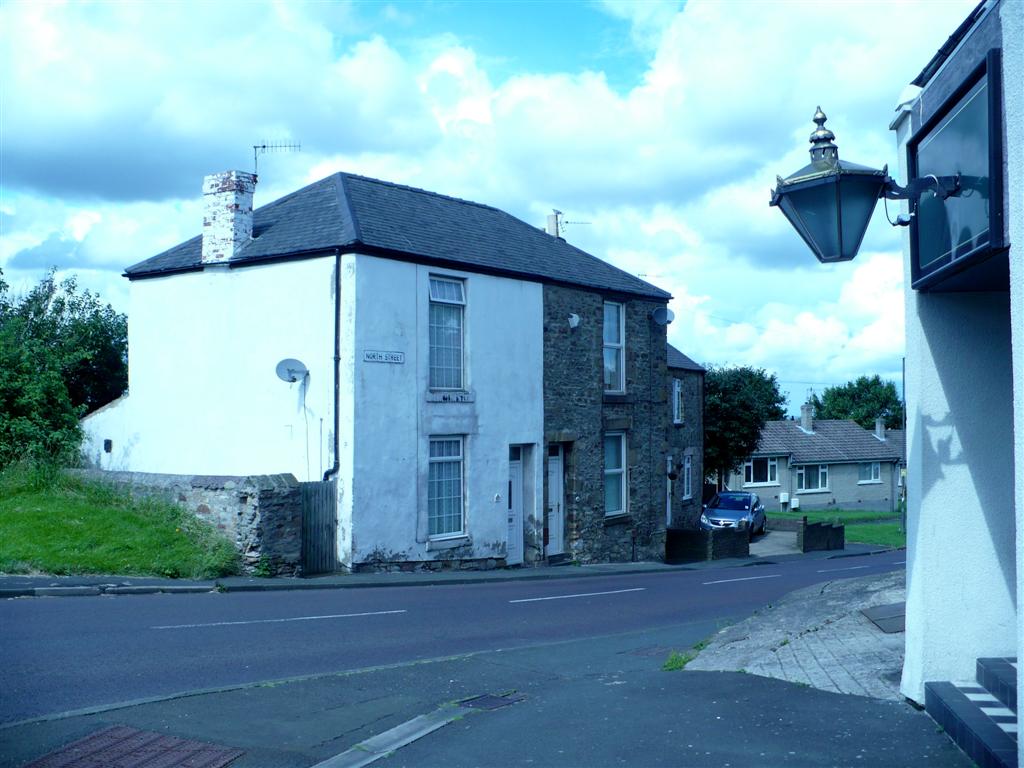
Winlaton West Lane Primary School.
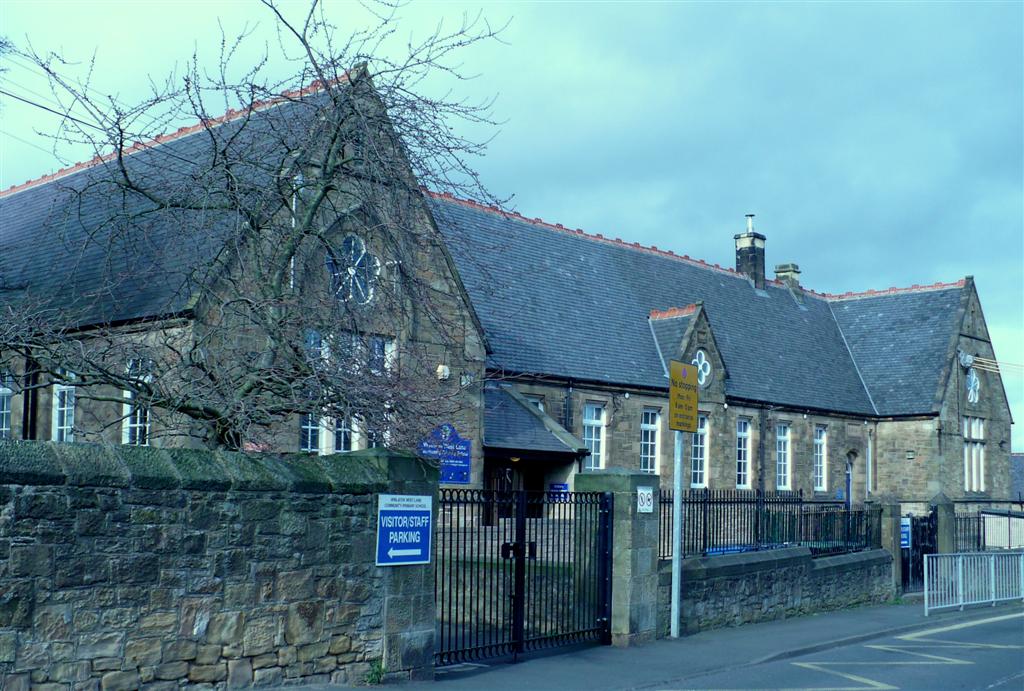
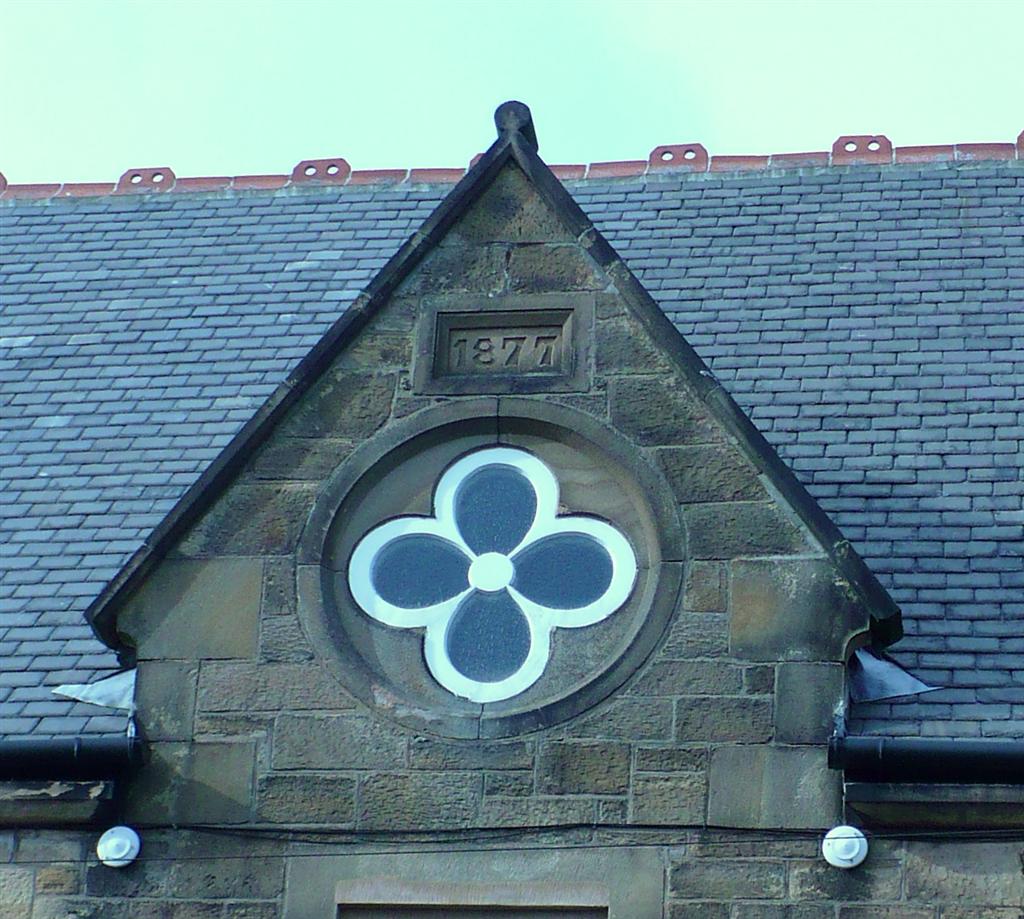
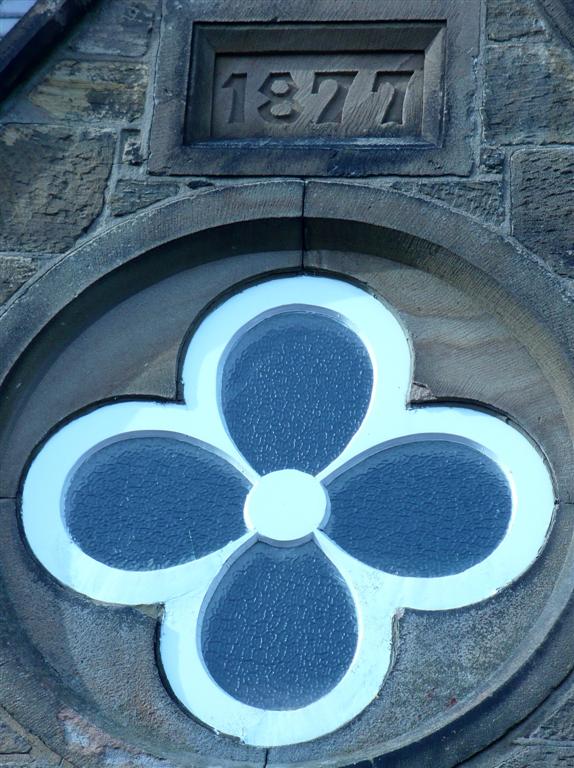
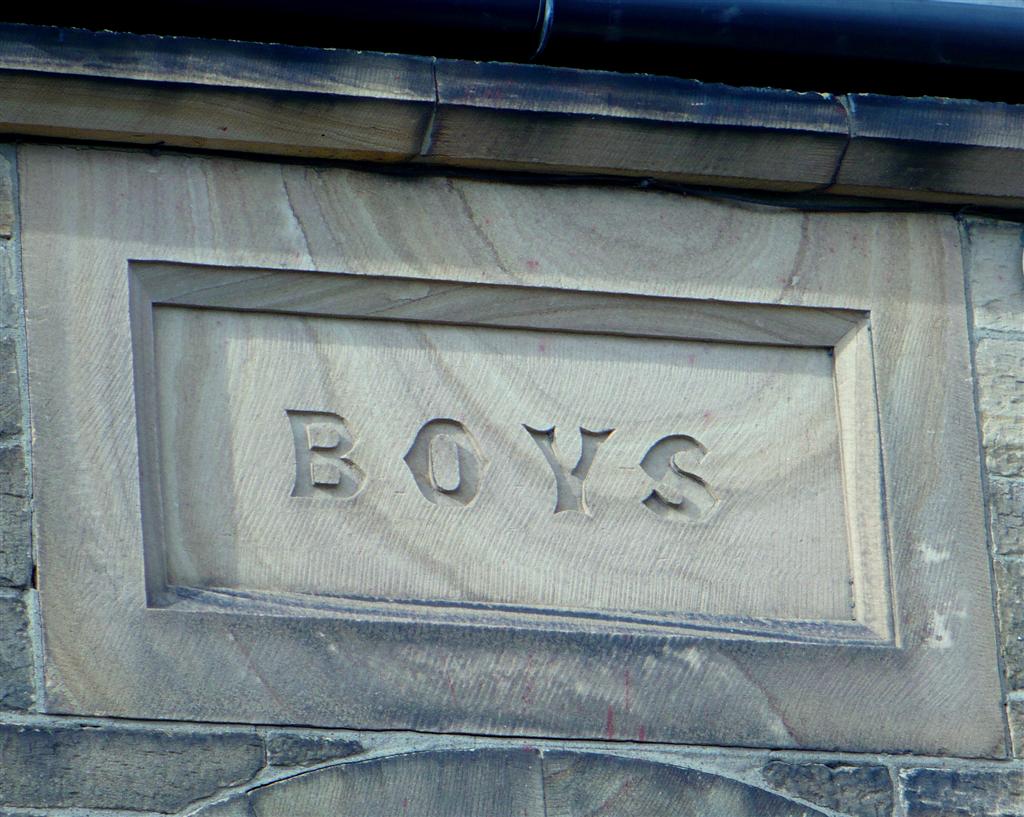
Left, 'The Turf' on Back Street near Sandhill and right, 'The Crown and Cannon' on Front Street. Two of Winlaton's pubs.
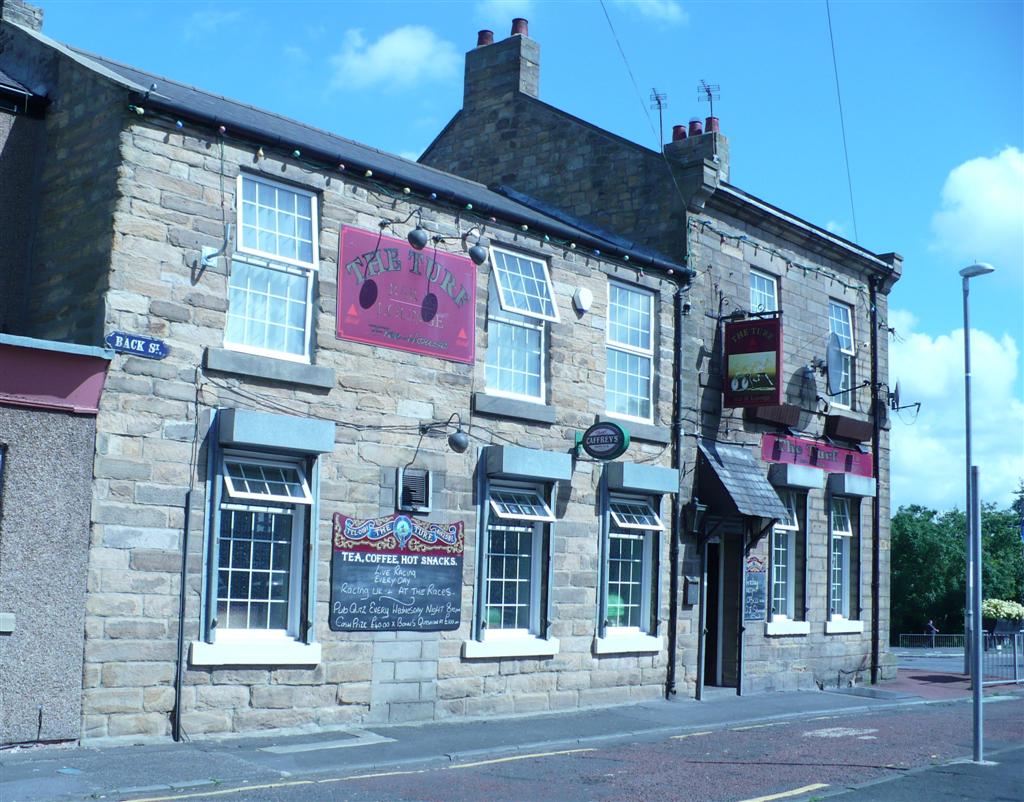
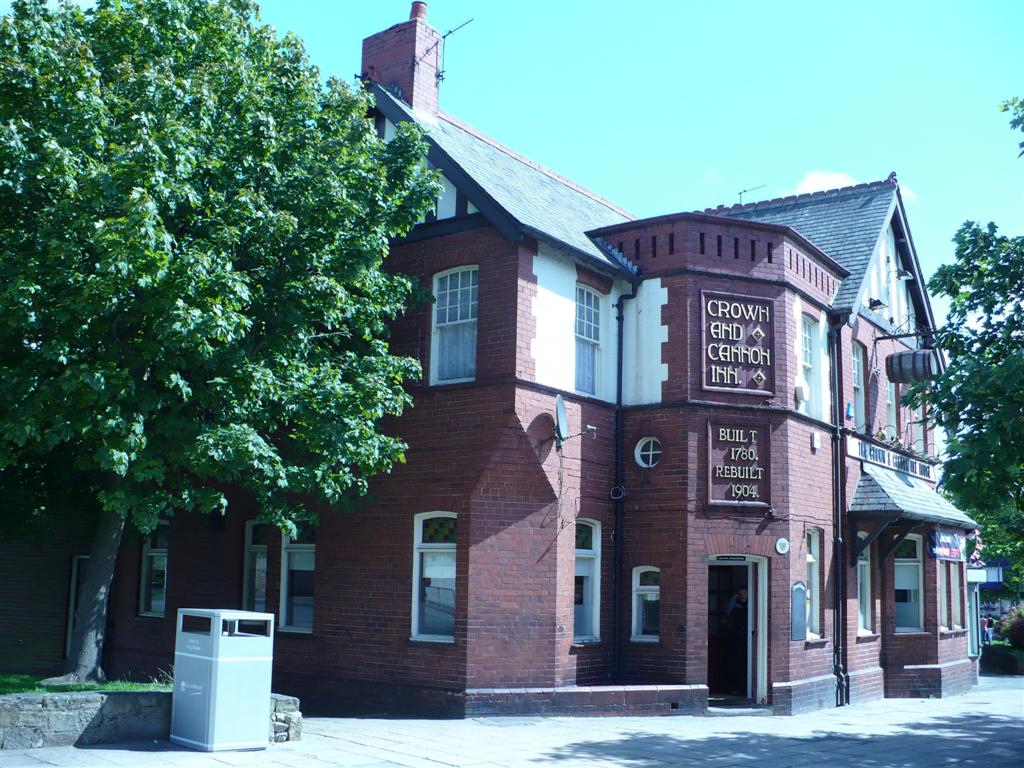
Below left - North Street looking west to the The Groves, two large terraced houses, and right, looking south to Sandhill.
Re The Groves - Crowley's Poor House was just south of The Groves near where the Community Centre is now situated.
The Groves were built in their present form, expanded from earlier cottages, for the Bagnall brothers, who owned the adjacent ironworks until the early years of last century. R S Bagnall & Sons was one of the firms who took over parts of the fragmented Crowley ironworks legacy. There used to be a coach house attached to The Groves South, with a box room over it, accessible from inside the house. This was sadly demolished along with the ironworks, which was right next to the coach house. Also demolished were Hanover House and Hanover Square plus the farm and farm buildings over by the Windy Fields, now occupied by Hanover Housing Estate.
Thanks to Peter McGuinness for information about The Groves.
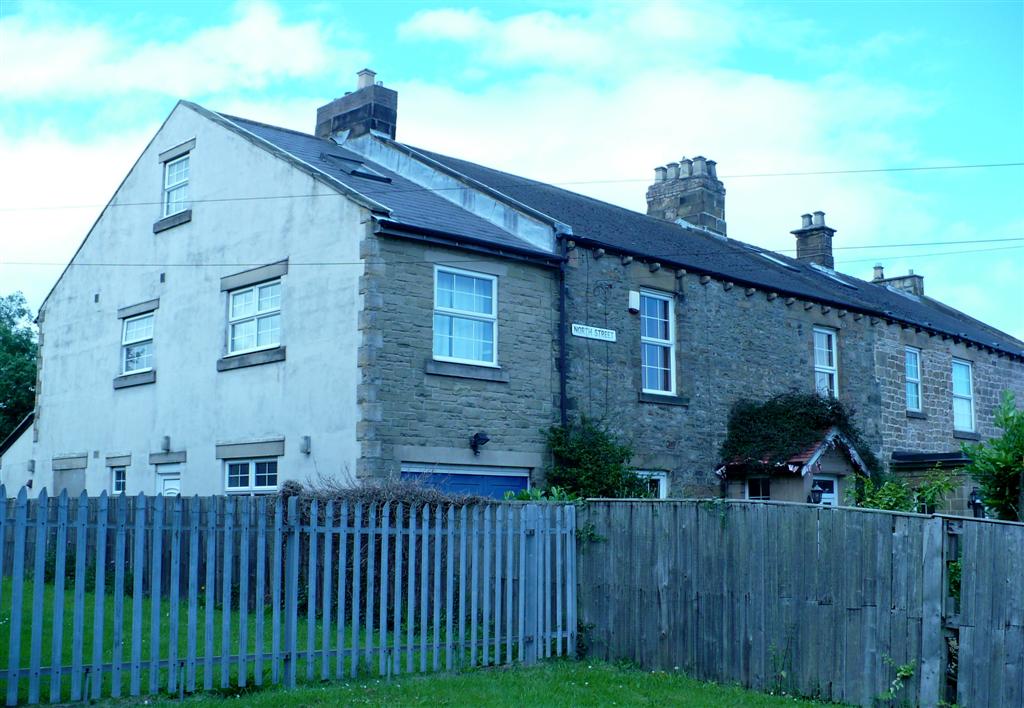
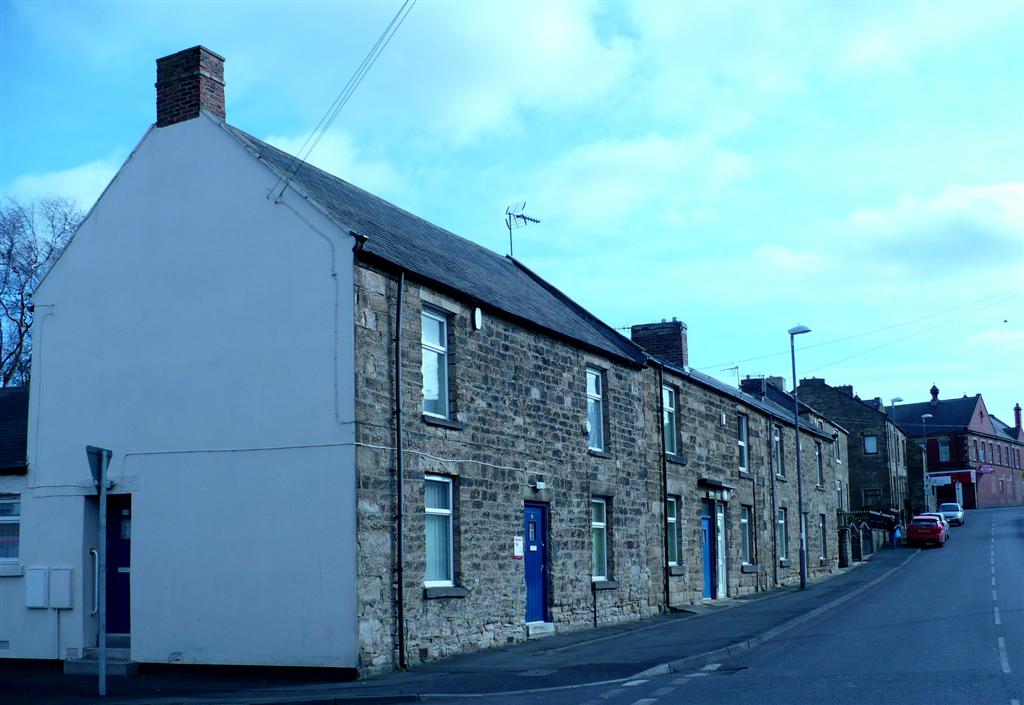
Four photos of Front Street including 'The Queen's Head' pub.
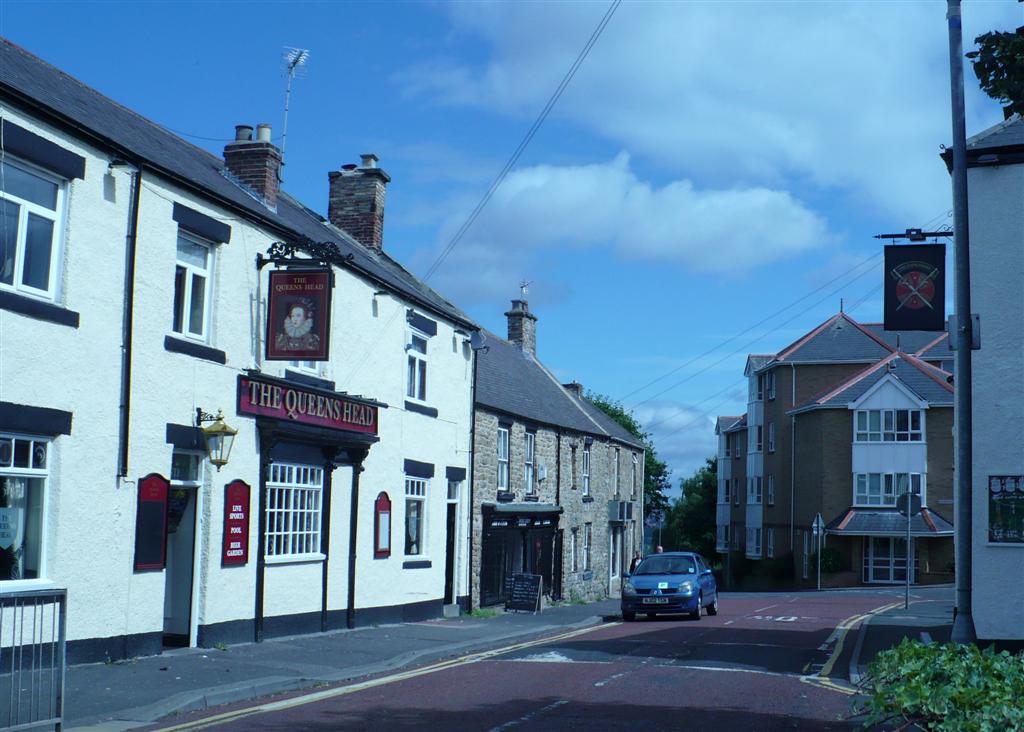

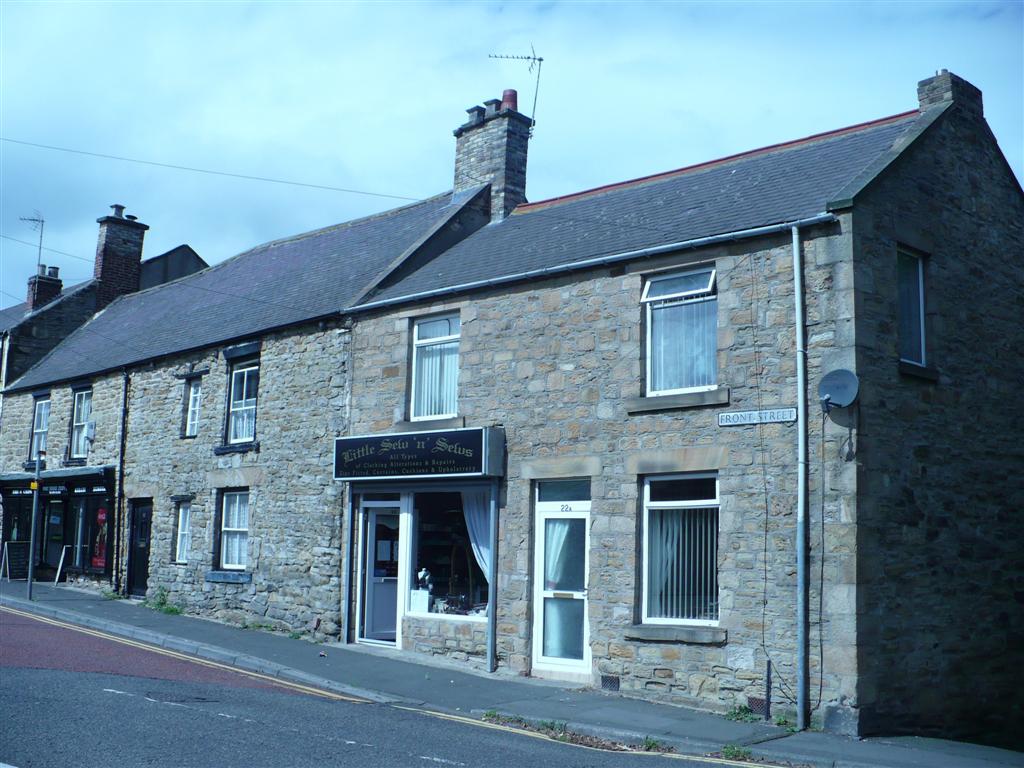
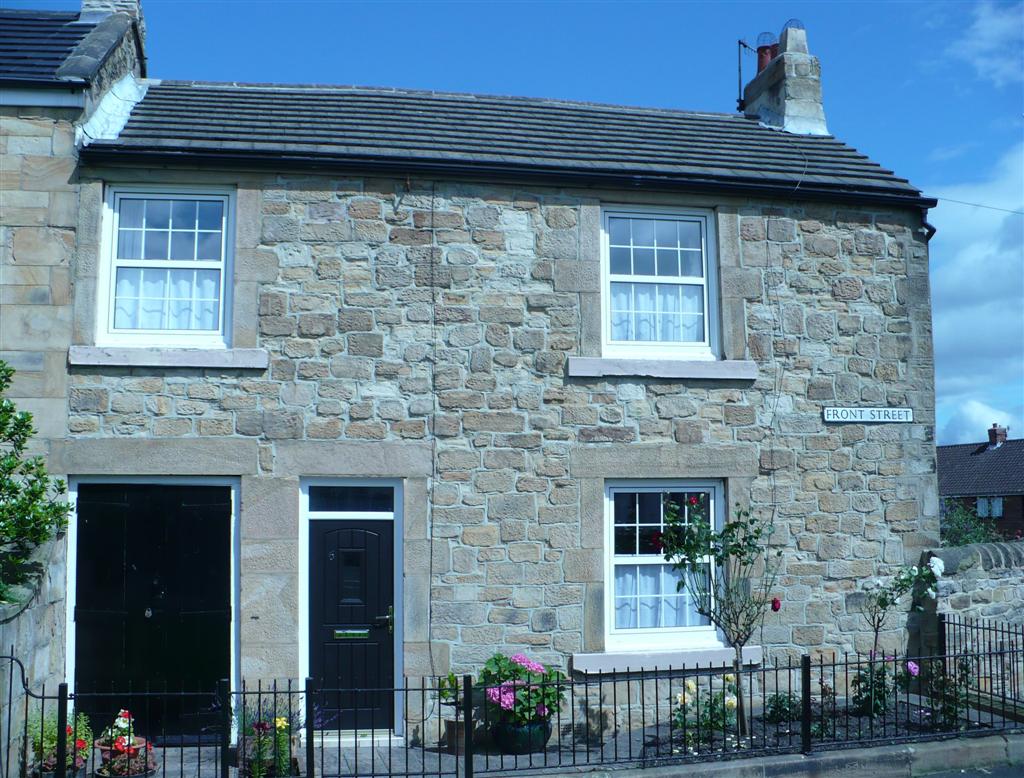
Left, 'The Commercial Hotel'. Legendary Tyneside songwriter and poet Joe Wilson stayed at The Commercial as a guest and friend of then proprietor Rowly Harrison. It was hoped the fresh air might help his TB but sadly Wilson was to die just a short while later in 1875 aged only thirty three.
Right - behind 'The Commercial' are some house garages/yards with very old sections of wall. Do these date back to the famous Crowley's 'Factory' days? One of the famous blacksmithing squares was 'Commercial Square'.
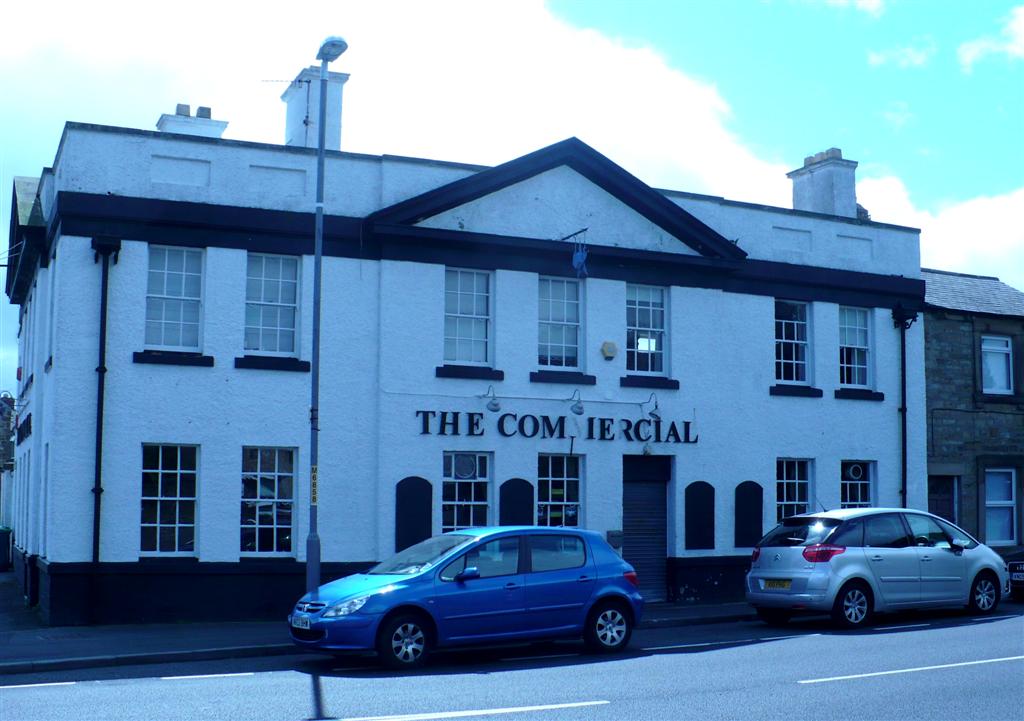
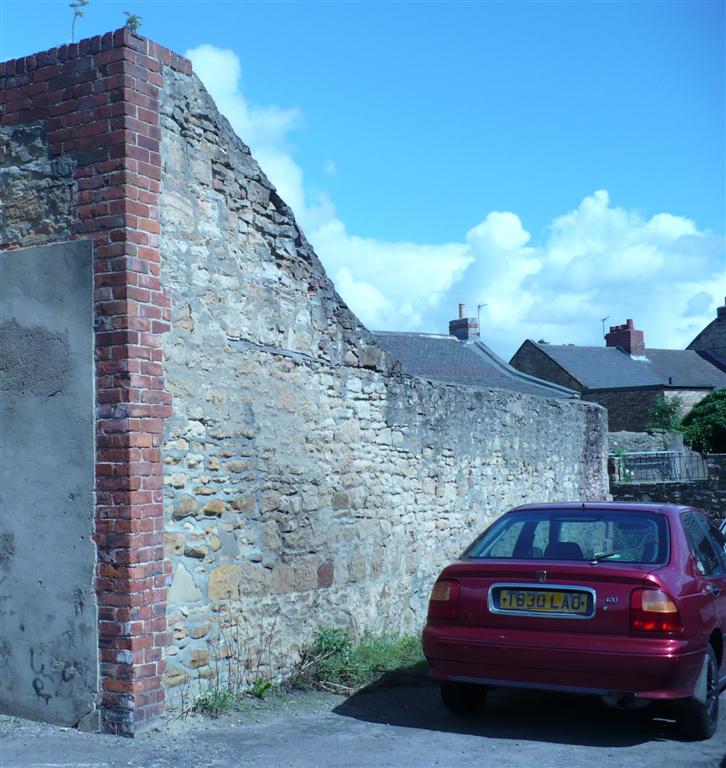
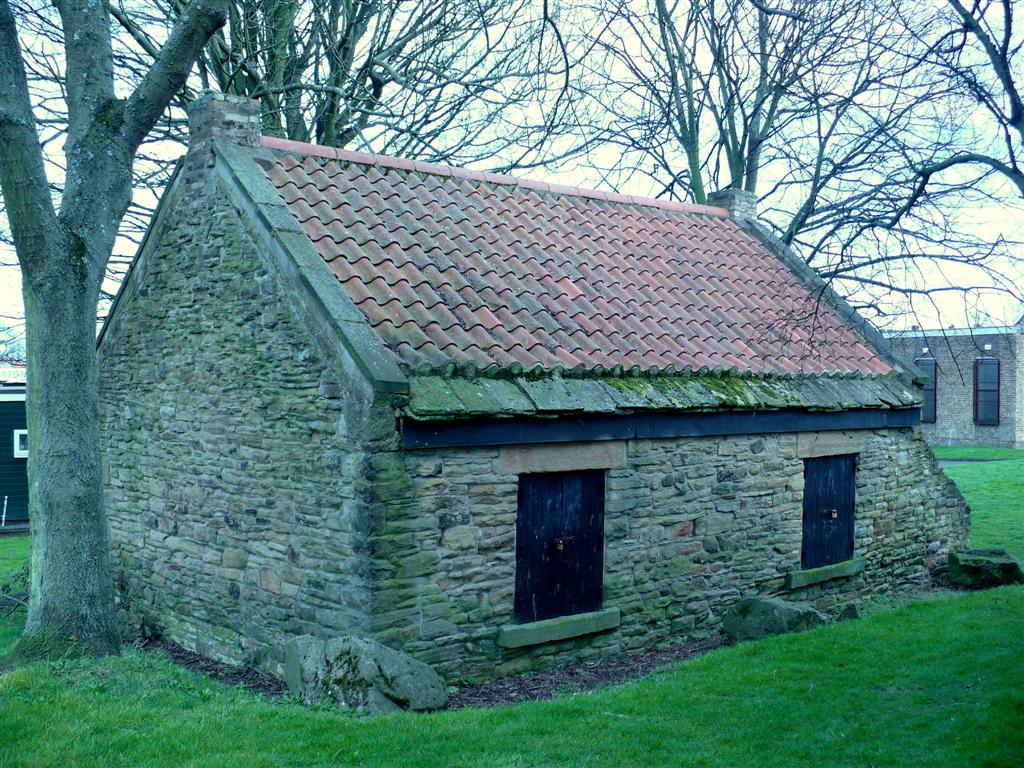
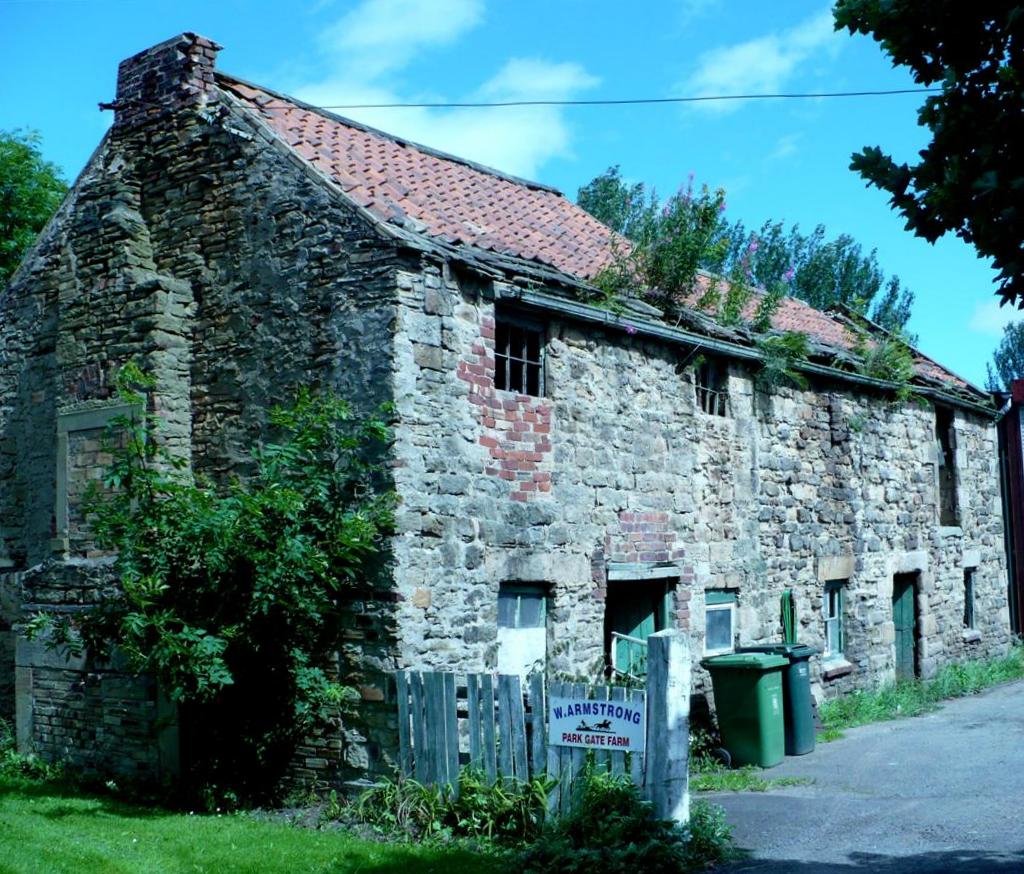
Axwell Hall(telephoto) from the west. It was once the family home of the Clavering family. Taken from the eastern fringe of Winlaton/Blaydon.

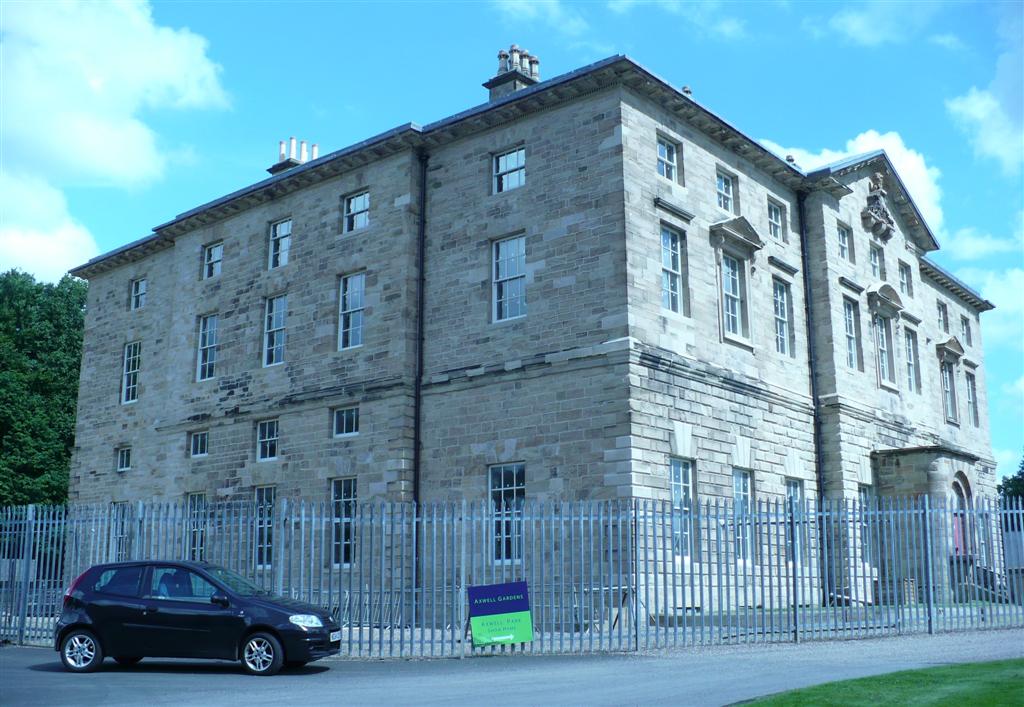
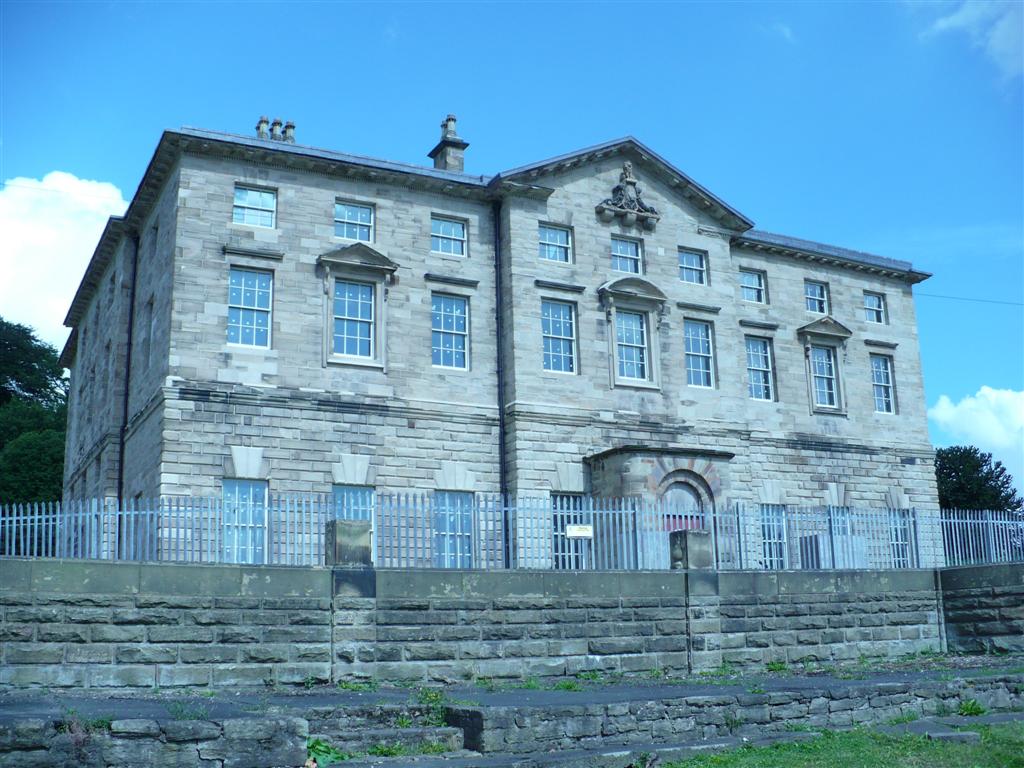
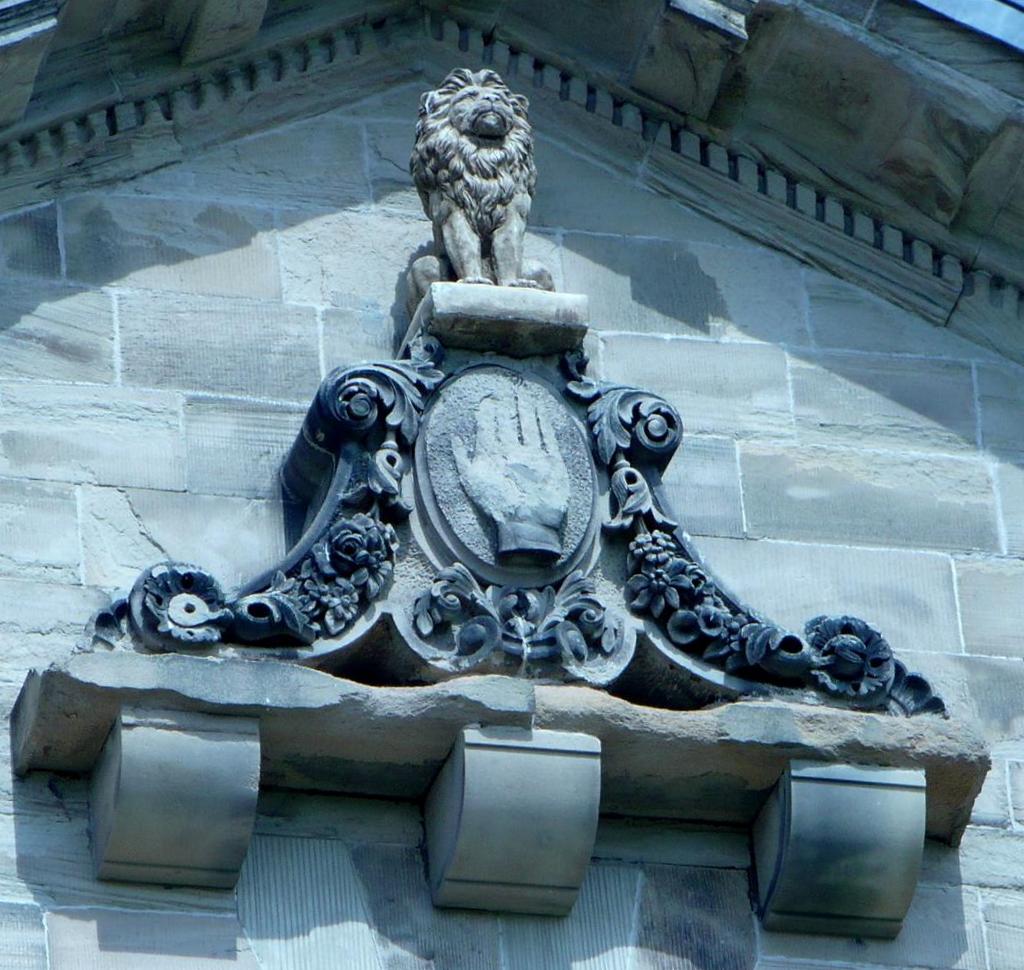
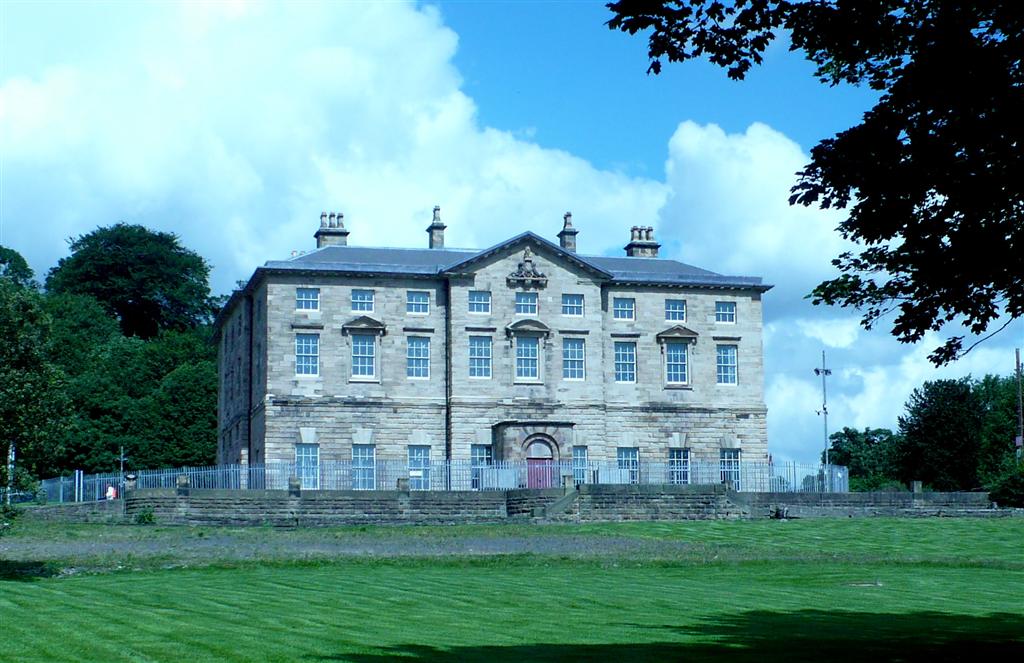
Finally a Winlaton puzzle. My mother remembers 'Chance Alley' in Winlaton. From her recollections I think it may have been an alleyway just to the right of where Hilton's Butcher Shop is now. She used to go down the alley from Front Street to get to her grandmother's house. Can anyone throw any light?
Thanks to Adrian who contacted me June 2020. In researching his family tree he came across this in a Census but showing Change Alley. The addresses of the adjacent names in the Census suggest the alley was indeed near Hilton's Butcher Shop, possibly a bit further down near the Highlander. Also talking to a contact at Winlaton History Society it was wondered if the name might have been a corruption of Chains Alley possibly going back to the Crowley era. Very interesting.

Blaydon
St Cuthbert's Church, built 1845 although the clock tower was added some years later.



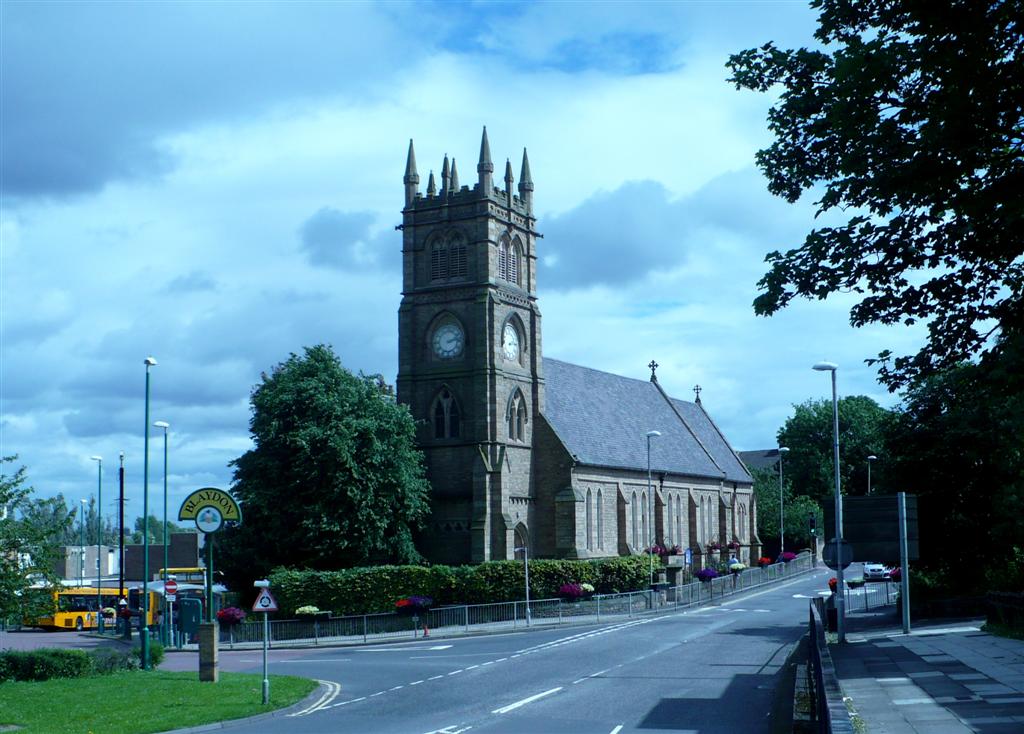
The Chapel and War Memorial at Blaydon Cemetary
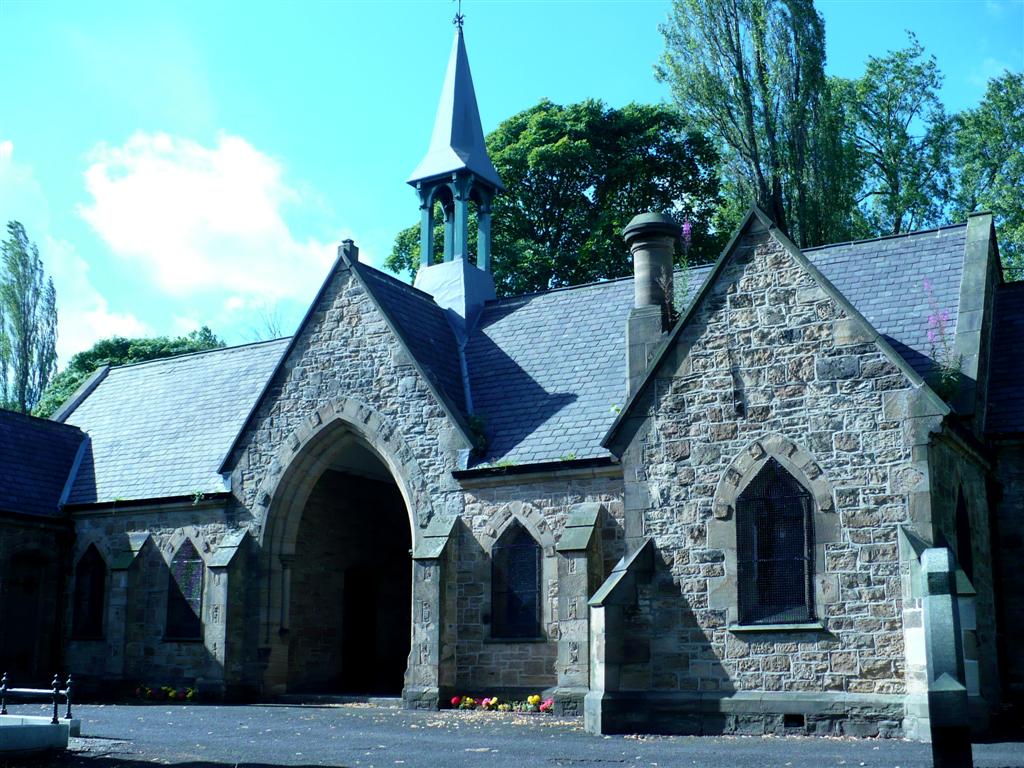
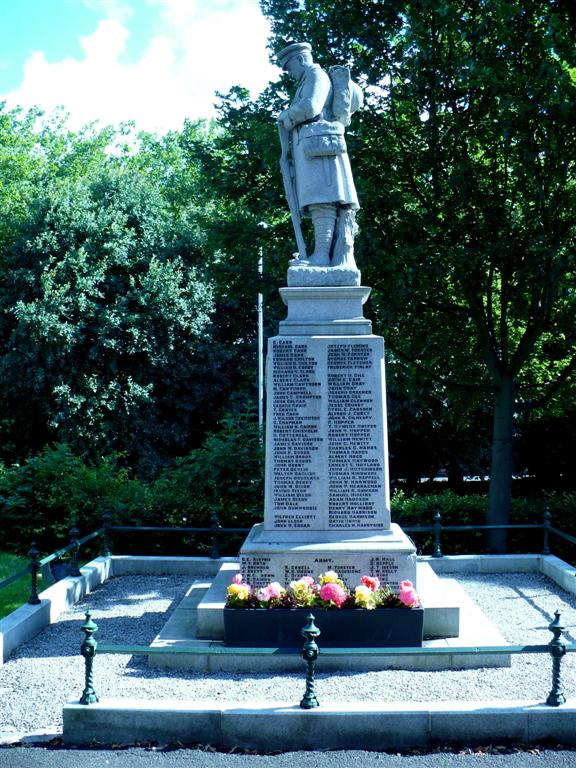
Thomas(Tommy) Ramsay statue/grave at Blaydon Cemetary. He was a Miner's Union pioneer. The epitaph says it all.
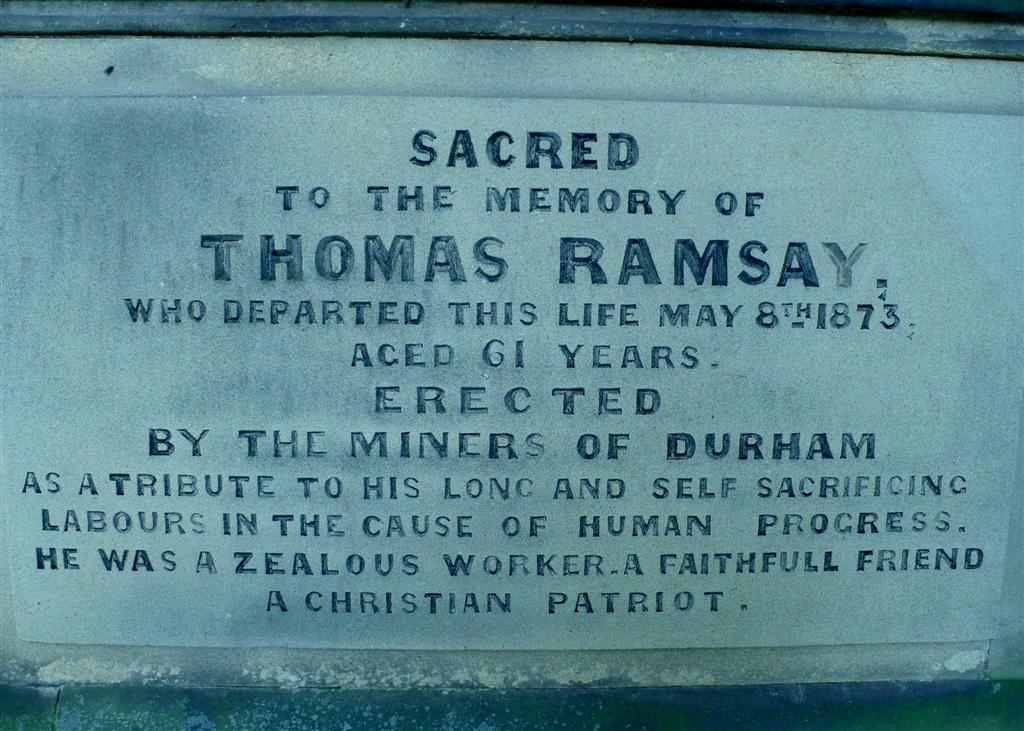
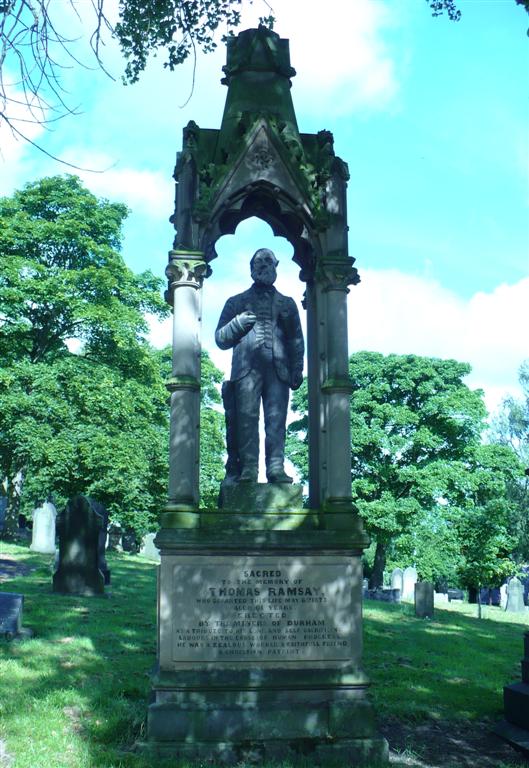
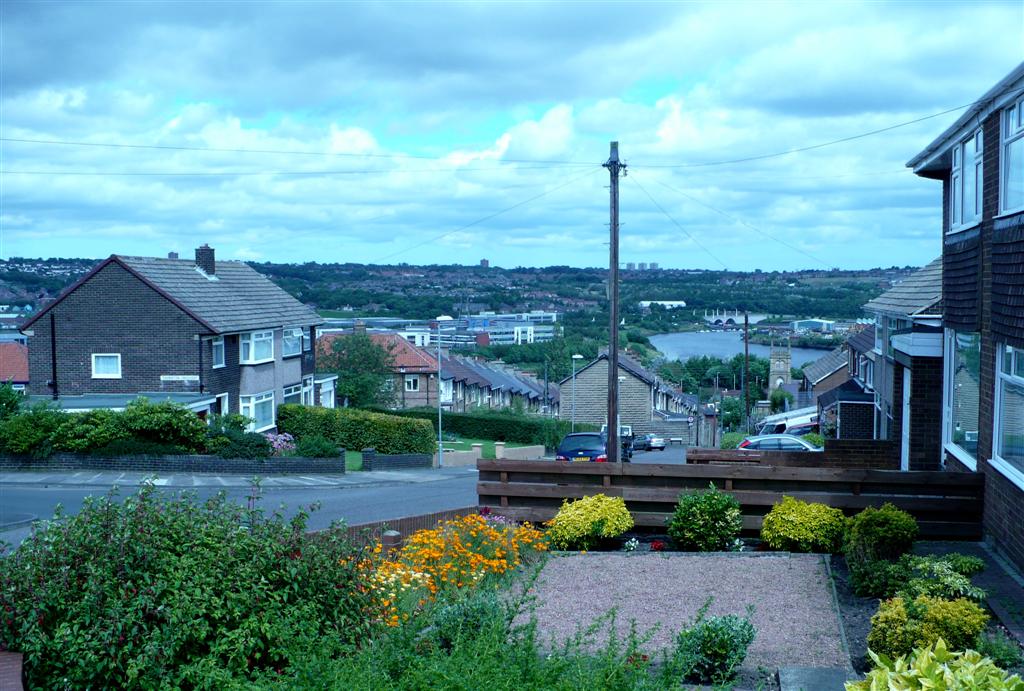
Blaydon West Primary School.


Blaydon Bank (Church Street at the bottom) and Blaydon West Primary School. Blaydon Bank was known as Silverhill in the days of the North Pennine lead mining when smelted lead was carried to Blaydon on pack horse for refining, which was for the extraction of silver.

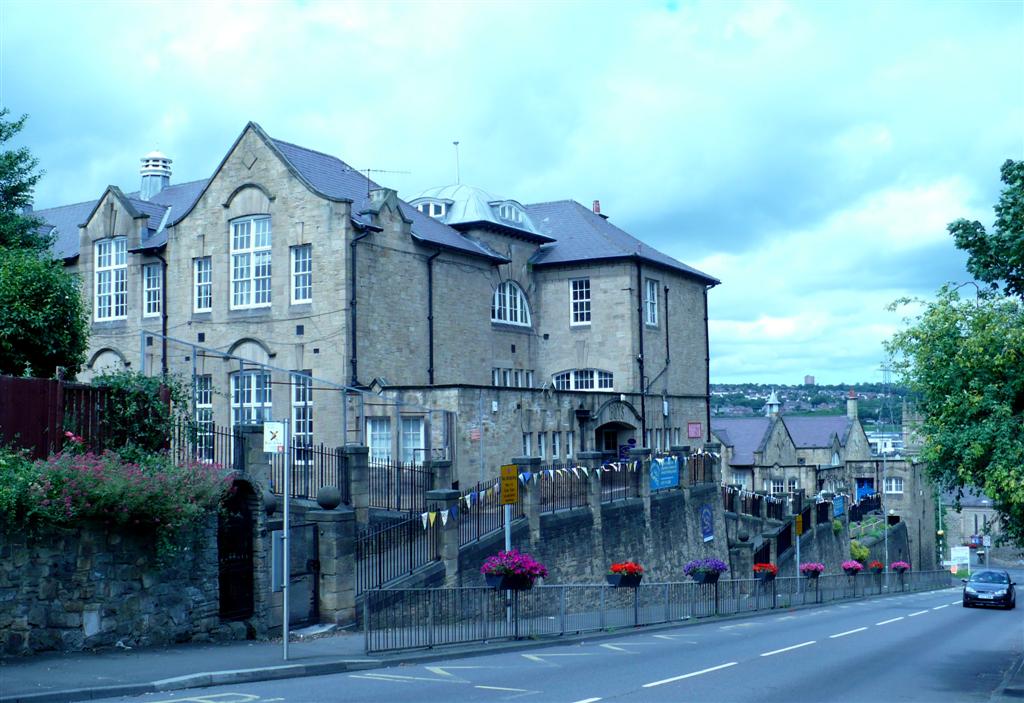
The Black Bull Pub and Fountain Lane's old wooden sign. I think there may have been three fresh water fountains in Blaydon - one near The Black Bull and Fountain Lane led to it, one in Shibdon Dene and one on Tyne Street (near the railway signal box), which is now preserved in York Railway Museum. The first two were installed by Joseph Cowen for the people of Blaydon, the latter by Newcastle and Carlisle Railway.
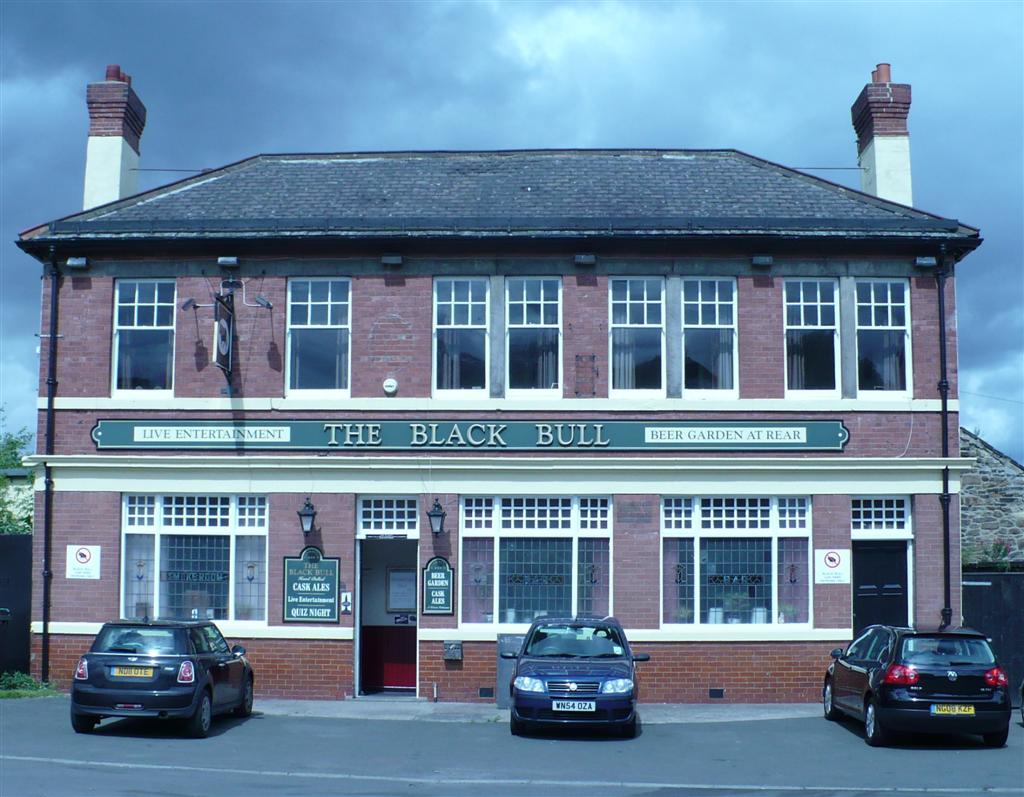
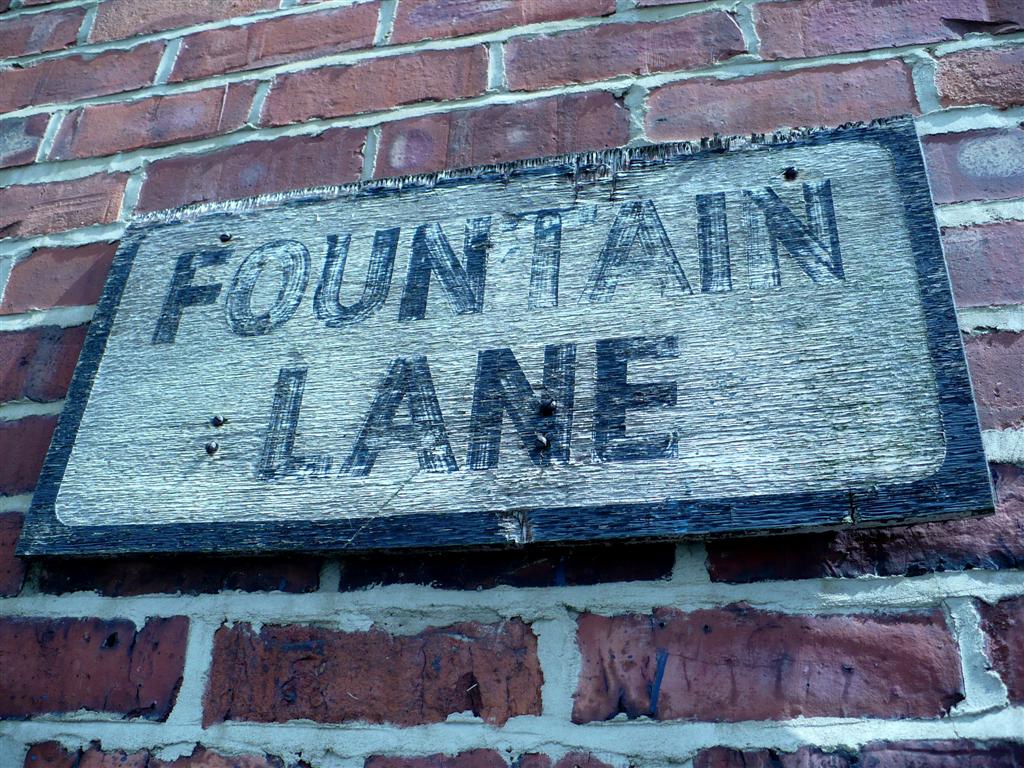
The housing estates over on the easten fringes of Blaydon/Winlaton have wonderful views east across Tyneside. You can see the City of Newcastle, The Sage, The Arena and more. Quite a vista! This photo below can't really do it justice.
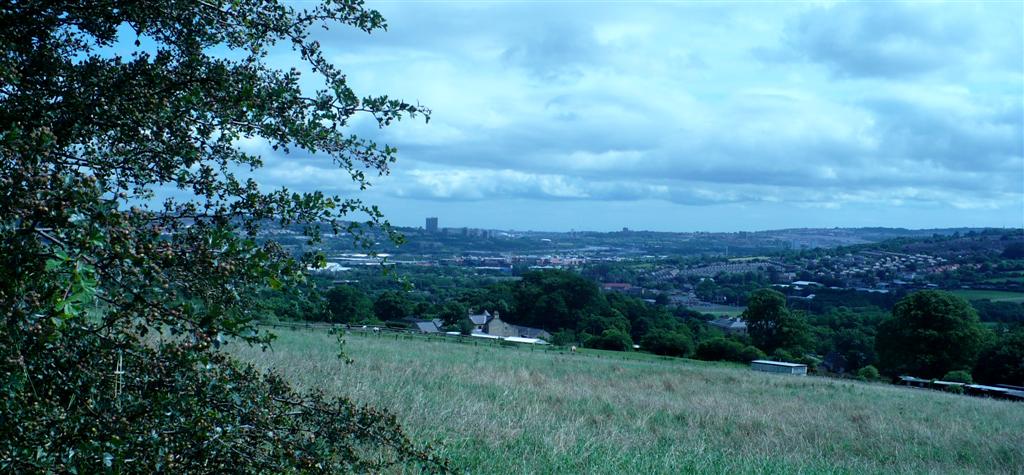
The Clavering Bridge carried the old Gateshead/Hexham Turnpike road over the Derwent between Swalwell and Blaydon. It was commisioned by the land owning Clavering family of Axwell Hall, in 1760.
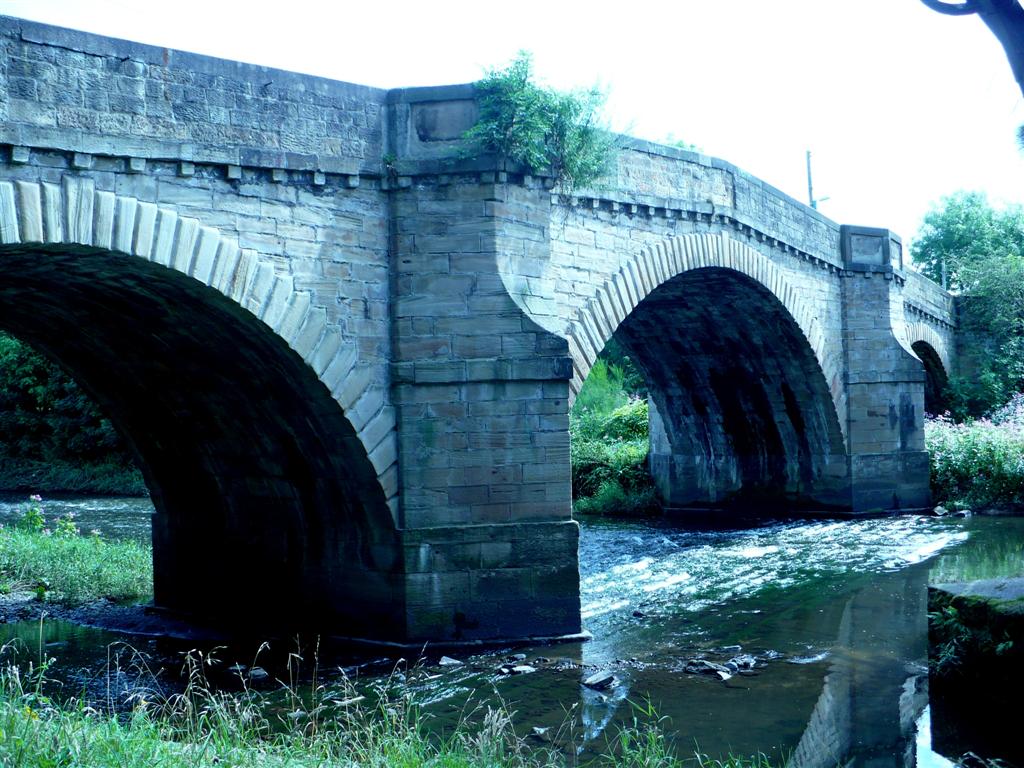
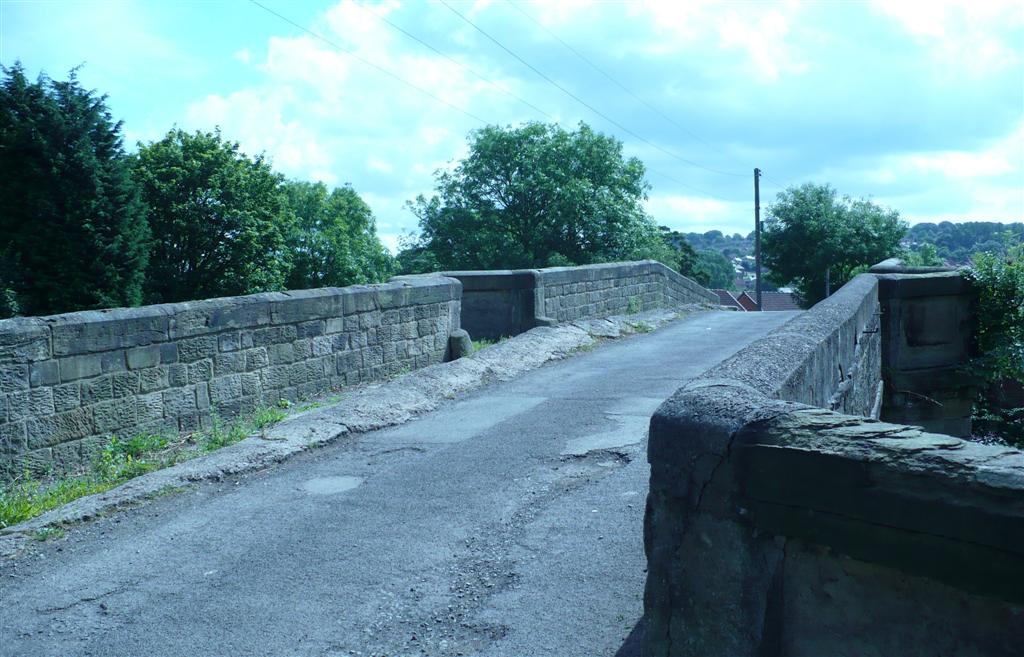
Roly Veitch
3rd August 2012
For more information on our local area history, our unique dialect, our wealth of dialect songs and other topics please visit the home page menu - link below.
Back to Home Page